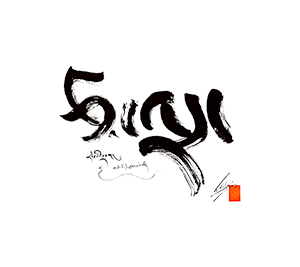... read more at

Philosophical positions of this person
This is how buddha-nature is explained in the first chapter of the Jewel Ornament of Liberation.
Other names
- དྭགས་པོ་ལྷ་རྗེ་ · other names (Tibetan)
- བསོད་ནམས་རིན་ཆེན་ · other names (Tibetan)
- དྭགས་པོ་ཟླ་འོད་གཞོན་ནུ་ · other names (Tibetan)
- དྭགས་པོ་རིན་པོ་ཆེ་ · other names (Tibetan)
- dwags po lha rje · other names (Wylie)
- bsod nams rin chen · other names (Wylie)
- dwags po zla 'od gzhon nu · other names (Wylie)
- dwags po rin po che · other names (Wylie)
- Jé Gampopa · other names
- Dakpo Rinpoche · other names
- Takpo Rinpoche · other names
- Je Dakpo Rinpoche · other names
- Je Takpo Rinpoche · other names
- Da'od Zhonnu · other names
- Dagpo Lhaje · other names
- The Physician from Dagpo · other names
- Nyamed Dakpo Rinpoche · other names
- The Incomparible Precious One from Dagpo · other names
- Ü-pa Tönpa · other names
Affiliations & relations
- Kagyu · religious affiliation
- mi la ras pa · teacher
- Phag mo gru pa rdo rje rgyal po · student
- Karmapa, 1st · student
- Zhang brtson 'grus grags pa · student







